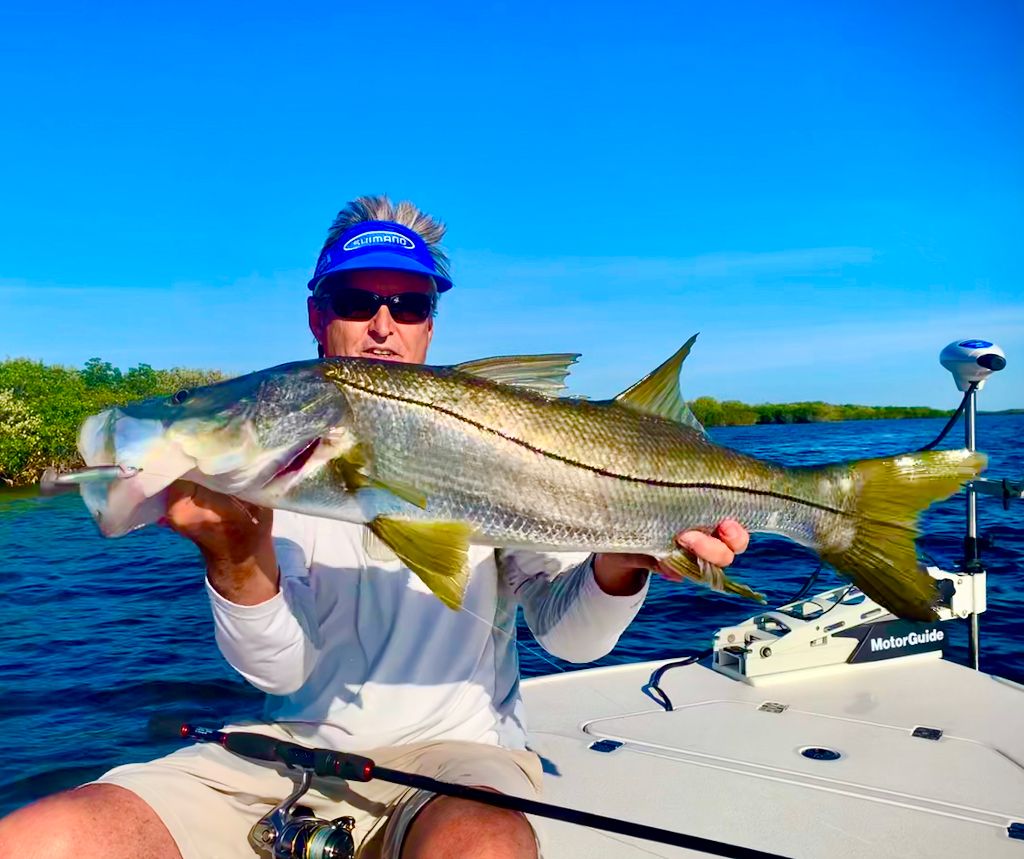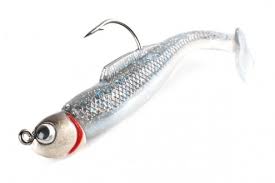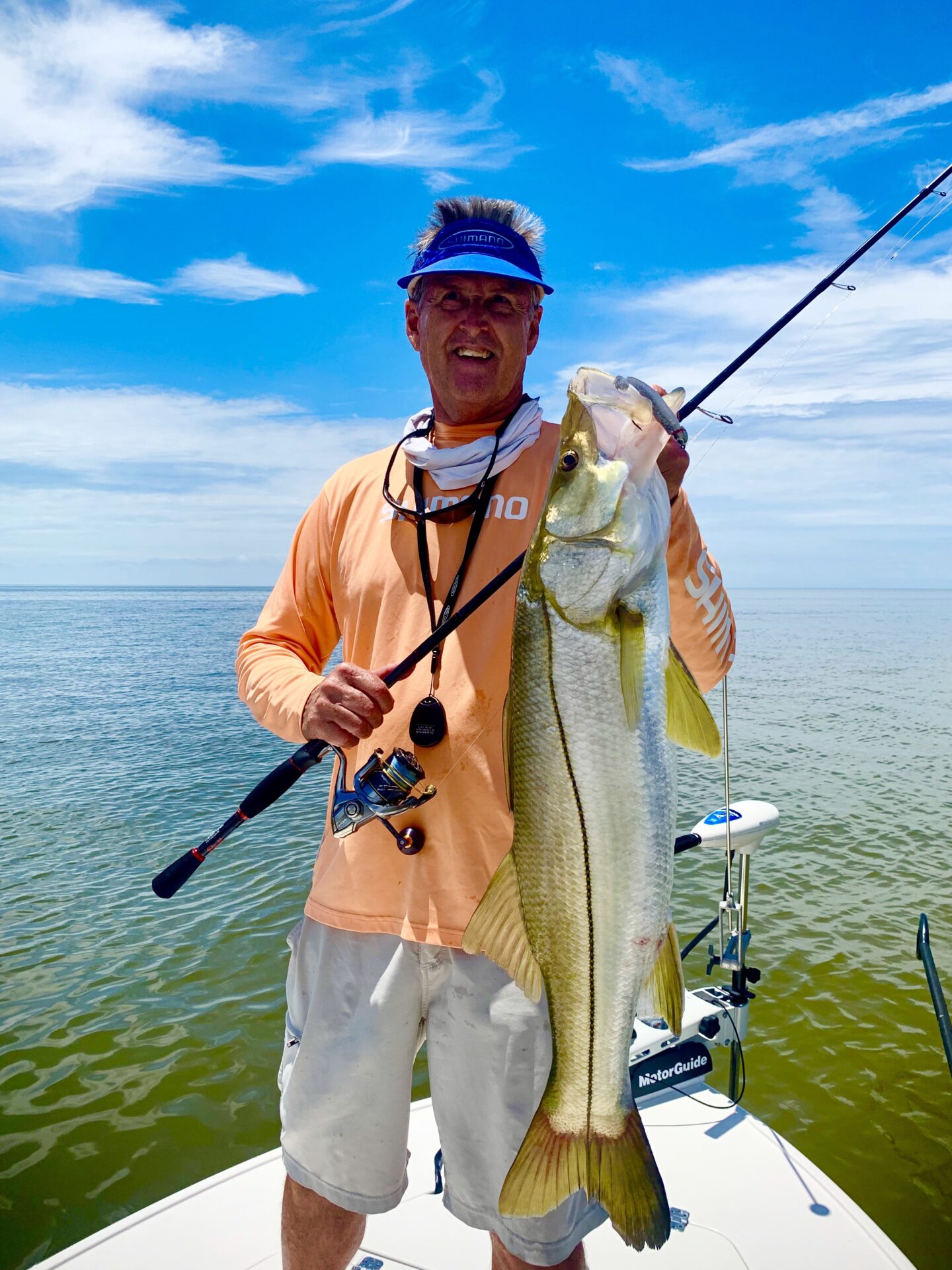Catching Snook on a Hildebrandt Drum Roller Jig
by: Bernie Schultz
Ask any inshore-saltwater angler in the south which is their favorite fish to target and snook will likely to be among the top three.

Snook are a special species of gamefish. They can live comfortably in fresh or saltwater, and due to climate change, they’re now found throughout north Florida, south Texas, even into Georgia and South Carolina.
They can be caught from inlets, beaches, estuary creeks and flats, and throughout the Intracoastal Waterway. They relate to piers, jetties, shoals and sandbars — wherever a food source attracts them. And they will eat just about anything they can get in their mouths — including shrimp, mullet, shad, pinfish, menhaden … even crabs.
There are numerous varieties of snook, some of which can exceed 30 pounds. The biggest specimens are usually found on near-shore wrecks, along beaches and inlets, and occasionally on shallow-water flats, around mangroves and sand holes. And those are the ones I try to target.
There’s something about stalking a trophy fish in shallow water that adds to the challenge, especially when using light tackle. Everything is amplified. The presentation, the strike … and especially the battle. Snook are incredibly strong and violent once they are hooked, and they can be acrobatic as well.
For these reasons, your tackle better be up to the challenge.
The Proper Tools
My typical setups consists of a 7-foot Shimano Expride casting or spinning rod in a medium-heavy action. For the baitcaster, I spool 30-pound Sufix 832 braid with a 30- to 40-pound Sufix Advance fluoro leader unless I’m throwing topwaters, in which case I’ll opt for the buoyancy of 15 to 17-pound Sufix Superior monofilament with heavier leader.
On the spinning outfit, I use 10-pound 832 braid and 30- to 40-pound Advance fluoro leader. The leader size may sound excessive, but snook have very abrasive mouths, and they shake violently when hooked. Anything less will break.
My preferred lure of choice for most situations is the Hildebrandt “Drum Roller” swimbait … for several reasons.

First and foremost is that it’s made of pure tin, not lead. And that’s a huge advantage when fishing skinny water, especially when grass, marl or oysters are present. By volume, tin is approximately two-thirds the weight of lead, so it stays higher in the water column during the retrieve. It’s the perfect sized profile of the baitfish I want it to match and, even though it’s lighter, it’s still very castable … even into a stiff sea breeze.
Another reason I like the Drum Roller swimbait is that it has lifelike attributes, like pronounced gills and 3-D eyes. Add to that the nearly indestructible Z-man MinnowZ body that comes with the tin jig-head and stout, ultra-sharp hook, and you have the perfect package for fooling even the wariest of gamefish.
The Proper Technique
The Drum Roller Jig has a subtle, seductive swimming action and it skips well beneath docks, piers and overhanging mangroves — places where many other lures can’t go.
The retrieve is simple; just chunk and wind. About the only thing to consider is the depth you’re fishing.

In super shallow water, simply raise the rod tip slightly and reel at a normal pace. The lure will glide cleanly over most bottom features — attracting predators as it swims. For deeper presentations, slow the retrieve or count the lure down before beginning the retrieve.
On certain occasions, you may want to speed up the retrieve. No worries there either, as the Drum Roller will track true at any rate of speed. If a snook sees the lure, chances are good it will engulf it. And the strike will be vicious.
